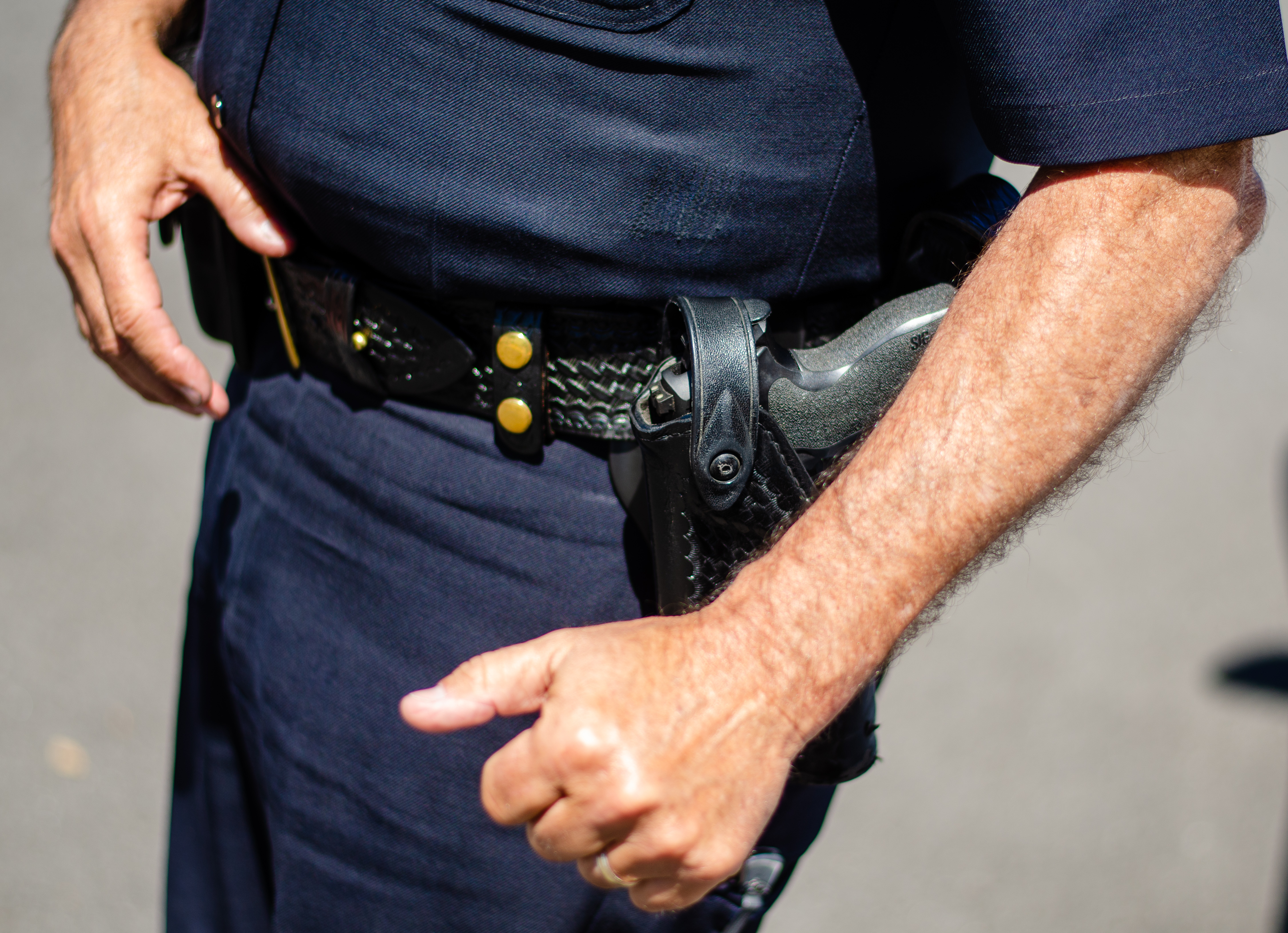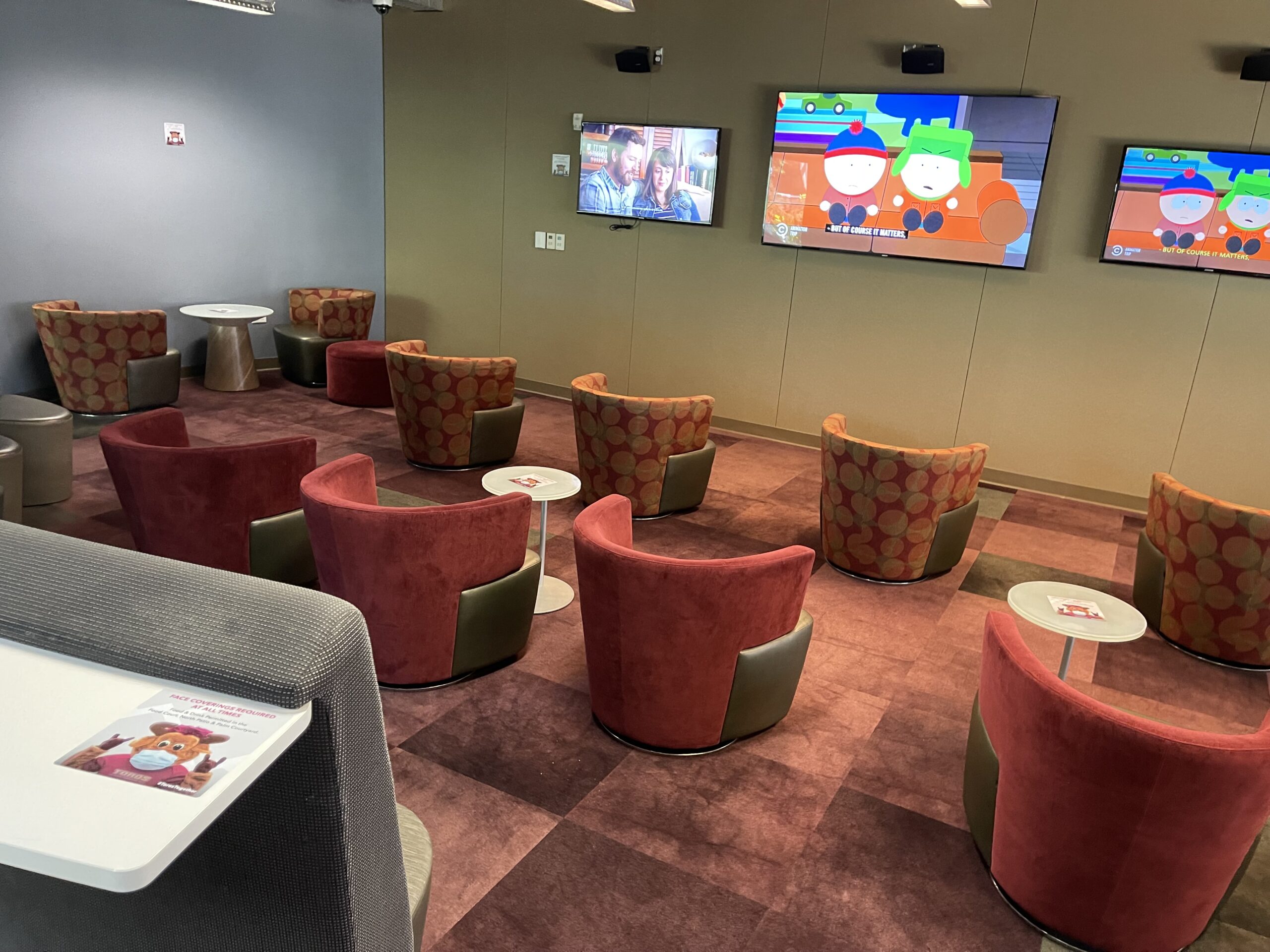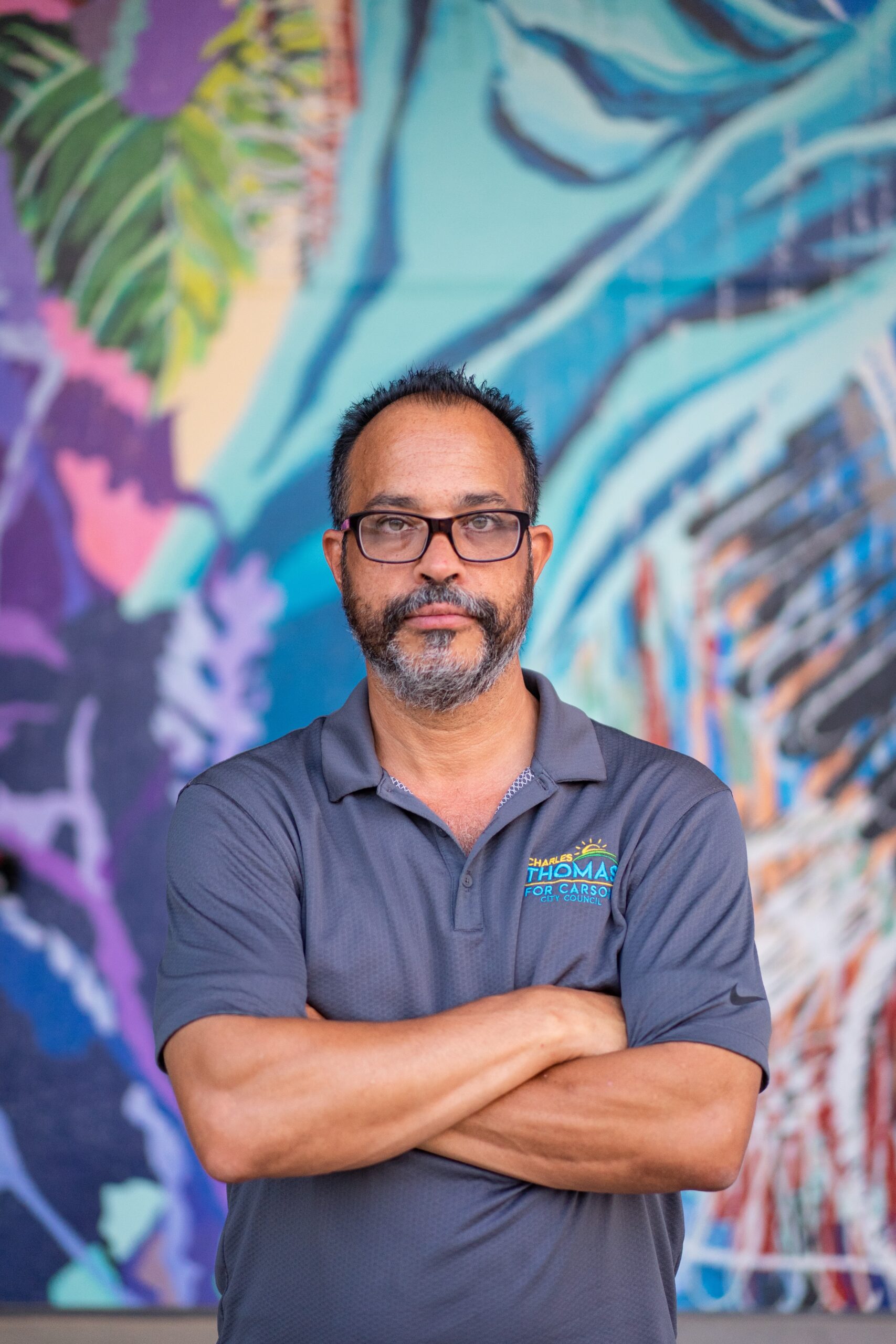By Alex Graf
Managing Editor
As reported in the April 11 issue of The Bulletin, a state-wide organization that advocates for California State University, Students for Quality Education, has launched a campaign to disarm campus police on the 23 CSU campuses.
While the goals of the No Harm Disarm campaign are bold–along with disarming university police, it also pushes for increases access to mental health counseling for students and additional training for police–members of the group acknowledge the road to making it a reality is long and uncertain.
“We understand complete disarmament is a long term vision,” a statement from CSUDH SQE chapter reads. “We don’t expect this to happen overnight. Our plan is to phase out the need for firearms on campus. We have a long term vision with short term and intermediate benchmarks.”
A major platform of the “No Harm Disarm” campaign is to implement further de-escalation and unconscious bias training for campus police officers. CSUDH Police Lieutenant Linh Dinh said campus police are currently required to do 24 hours of ongoing training every 24 months, but he also said additional training similar to what SQE is advocating for could be a positive step.
“The field of law enforcement is always changing,” Dinh said. “To keep up with changing trends, law enforcement definitely has to continue to learn new things.”
SQE’s hope is to enact its vision within five years. Some of these benchmarks, according to California State University, Fullerton SQE representative Andrew Flores, involves working with the state legislature. For example, lobbying for the passage of AB392 or the “California Act to Save Lives,” which would define deadly force as a last resort to be used when no alternatives remain.
“That’s actually a bill that has worked in collaboration with several other community organizations like Black Lives Matter and the California Faculty Association,” Flores said. “CFA has actually put together at least two or three senate bills.”
Another proposed bill would require each CSU campus to have one mental health counselor for every 1500 students. CSUDH President Thomas Parham said that allowing each campus to set its own ratio would be an even better idea.
“Really what we ought to be arguing for is not someone else’s standards for what they think mental health ratios ought to look like,” he said. “Given the demographics and the challenges we have at CSUDH, what is the appropriate ratio of [mental health workers] to our student body, and how do we then have the resources to put those in place?”
Parham said that in his previous stint a UC Irvine vice chancellor he helped argue for and eventually change the ratio from one to 1,200 to one to 1,000 “because we thought that fit the demographic and the students there.”



